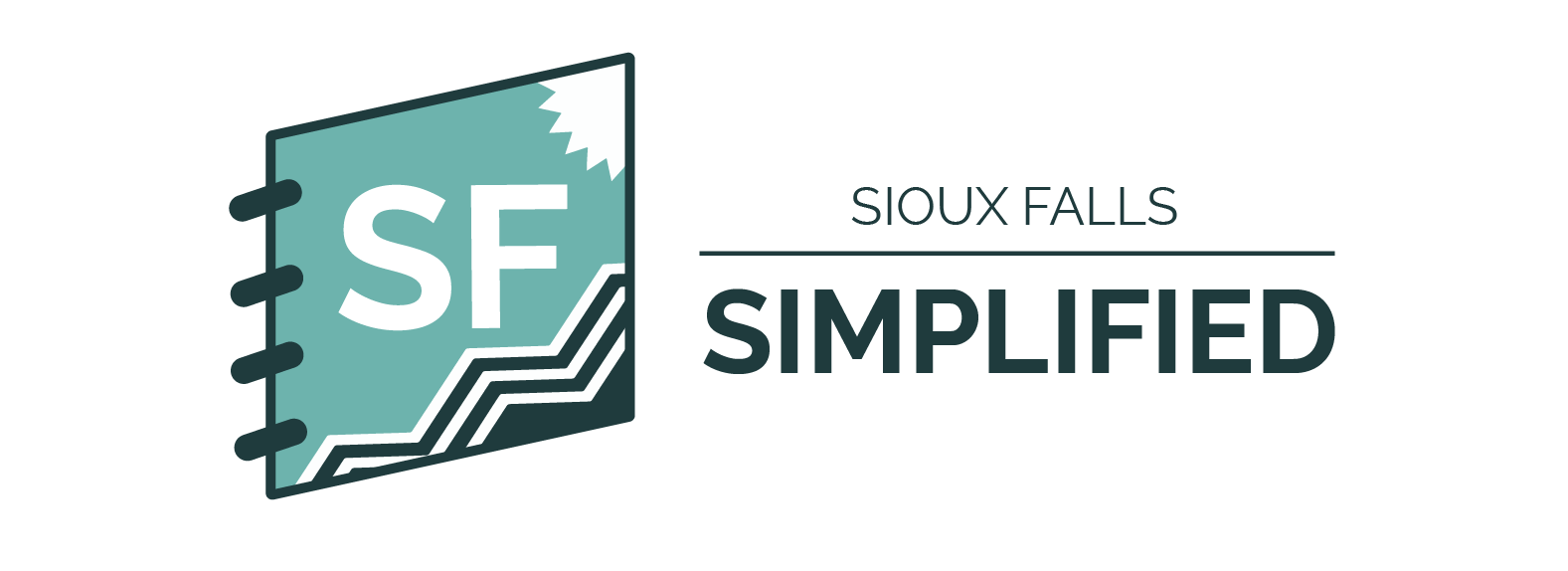Simplified: More than two dozen Sioux Falls nonprofits are using a coordinated system to track when people have received services related to housing, food, healthcare, childcare and more. Here's what you need to know about the Helpline Center Network of Care.
Why it matters
- Essentially, the Helpline Network of Care functions as a shared database where participating agencies can log interactions they have with folks who need help. Nonprofit leaders often describe Sioux Falls as "resource rich, systems poor," and this network is one example of a system that's helping bridge the gaps between various resources.
- This coordinated social service system has been an idea in Sioux Falls for more than a decade – dating back to the Sioux Falls Tomorrow 2014 plan. But it didn't really take off until some city funding helped offset the costs for nonprofits to use the shared service.
- Councilors in February 2023 voted to spend $250,000 over three years to help add more nonprofits into the network. The last $50,000 of that allocation is expected to be spent this year, which has cast a bit of a pall over the future of what Helpline Center CEO Janet Kittams said has been a beneficial system.
"We're concerned that we may lose some of our partner agencies after the city incentive fund is gone," Kittams told councilors Tuesday afternoon.
Tell me more
Since 2016 when it initially launched, the network has logged more than 100,000 service interactions with more than 27,000 people, according to data compiled by the Augustana Research Institute.
- For example, if a person stays a night at the Union Gospel Mission, that'd be logged in the system as an interaction.
- Then, if the next week the same person shows up at Center of Hope asking for help, the folks over there can pull up the person's name, see their past interactions and quickly get up-to-speed on what they need and where they've gone for help so far.
The research, which tracked data from 2016 to November of 2024, also showed that the median number of interactions per person was two. Care Coordinator Program Director Shauna Batcheller said is a real success.
"The current service ecosystem in Sioux Falls empowers many homeless households to quickly resolve homelessness," Batcheller said.
That said, there is also a low percentage (about 1,300 of clients served) that fall into the "high utilizer" category, i.e. folks who are logging 15+ interactions.
- But, even then, the people who kept coming back and asking for help were able to "stave off homelessness" longer, Batcheller said.
Oh, by the way, here's a look at the organizations that are currently a part of the Helpline Center Network of Care (HCNC):

What happens next?
There's still work to be done to connect the various services available in Sioux Falls.
One obstacle, Batcheller noted, is the challenge in coordinating addiction care because healthcare providers have strict privacy laws to uphold, meaning they can't really log all the ways they're helping someone in an electronic system like the Network of Care.
There's also the obstacle of funding. As city funding phases out this year, it's unclear to what extent the network could be impacted if agencies can't afford to keep participating.
But, it's also worth noting this effort does have some City Council support. Councilor Rich Merkouris, who's been a vocal advocate for supporting programs to help unhoused folks, said he sees this network as part of a "continuum of care" needed to address homelessness in the city.
"This is core to the whole homeless conversation and the whole 'Housing First' conversation," Merkouris said, referencing the 'Housing First' model of addressing homelessness. "This (network) is the behind-the-scenes of what really makes Housing First possible."

